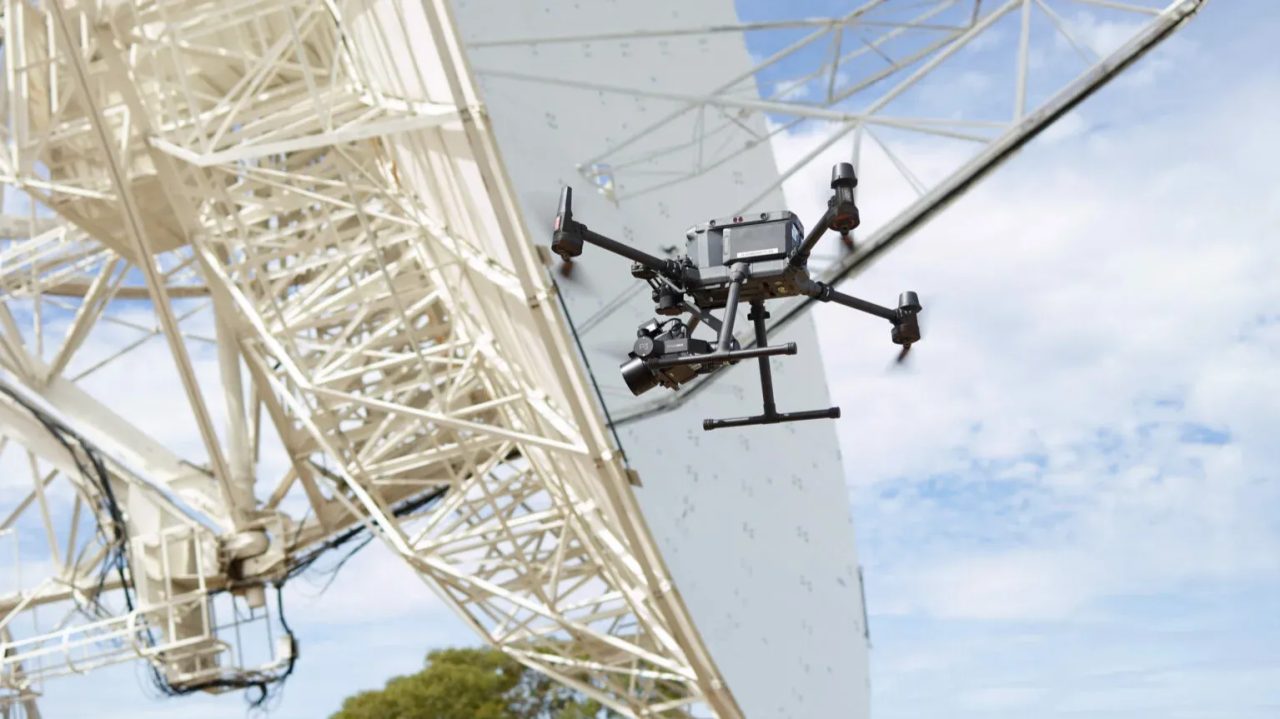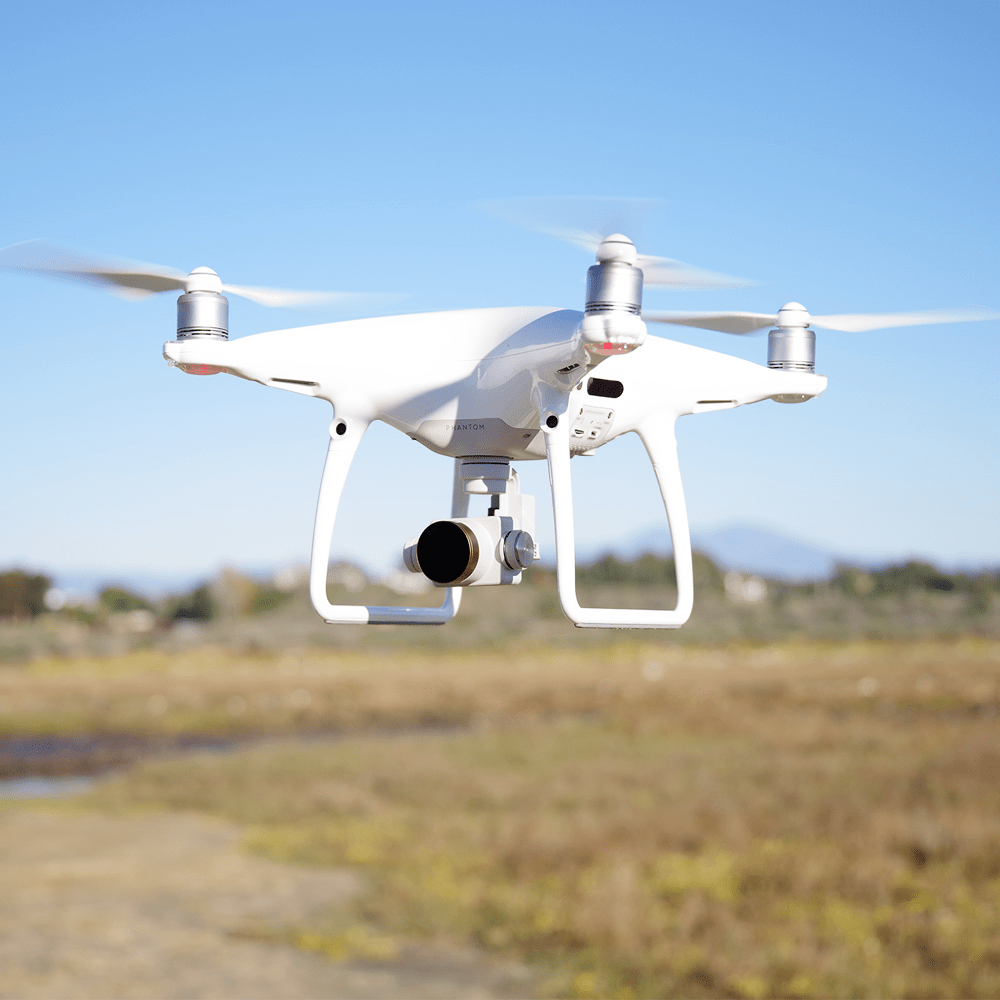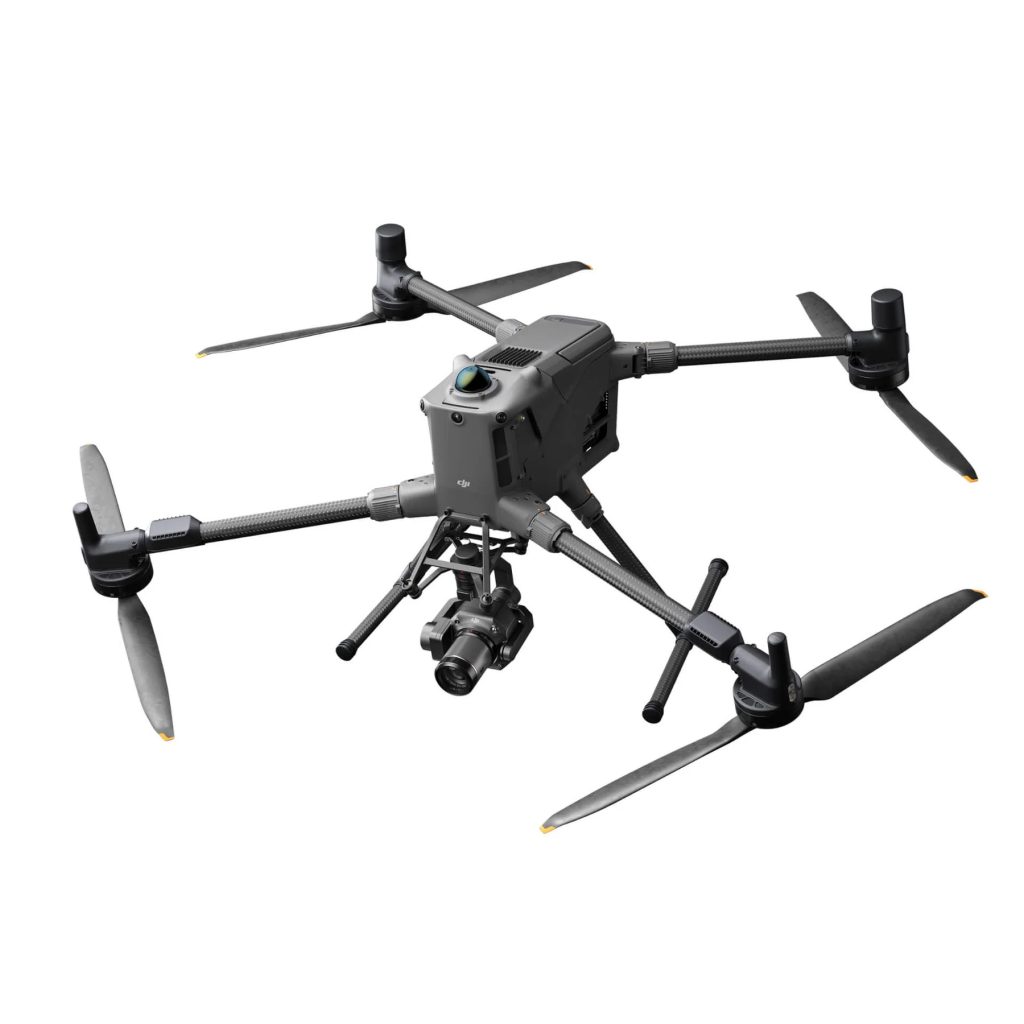
In the realm of geospatial research, precision is paramount. The University of Tasmania’s recent project exemplifies how integrating advanced UAV photogrammetry can significantly enhance the accuracy of radio telescope measurements.
The Challenge
The Mount Pleasant Radio Telescope Observatory in Hobart houses a 26-meter radio telescope crucial for Positioning, Navigation, and Timing (PNT) research. Over time, gravitational forces and other environmental factors can cause minute deformations in the telescope’s structure, potentially impacting data accuracy. Traditional surveying methods lacked the precision required to detect these subtle changes.
The Innovative Approach
To address this, the university collaborated with photogrammetry experts from Germany to employ a UAV-based solution. A DJI M350 drone equipped with a Phase One P3 camera was deployed to capture high-resolution images of the telescope’s surface. The team affixed 1,000 target points onto the dish to serve as reference markers. Through approximately 200 flights, each capturing over 300 images, they achieved a measurement precision of better than 0.1 mm.
Outcomes and Implications
This high level of accuracy enabled the creation of a detailed deformation model of the telescope, allowing for precise calibration of its measurements. Such advancements not only enhance the reliability of geospatial data but also set a new standard for structural analysis in similar large-scale instruments.
The success of this project underscores the transformative potential of integrating UAV photogrammetry into scientific research, paving the way for more accurate and efficient data collection methods in the future.
Download our FREE GVC Training Guide
Learn everything you need to know about becoming a drone pilot with our GVC training guide.
- Get a full course roadmap to understand every step of the journey
- Contains clear answers to all of the frequently asked questions
- Get a transparent and comprehensive breakdown of course costs












